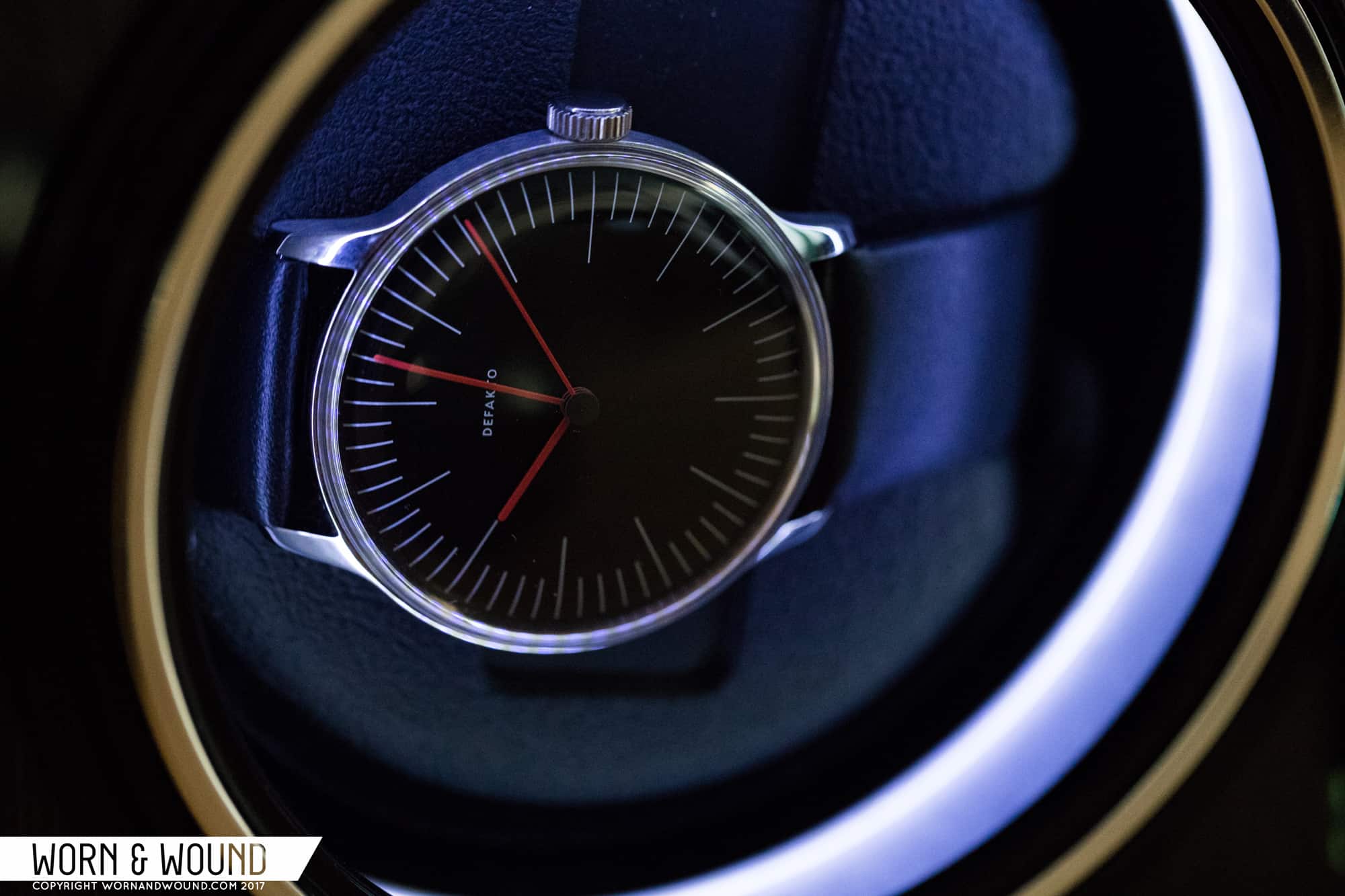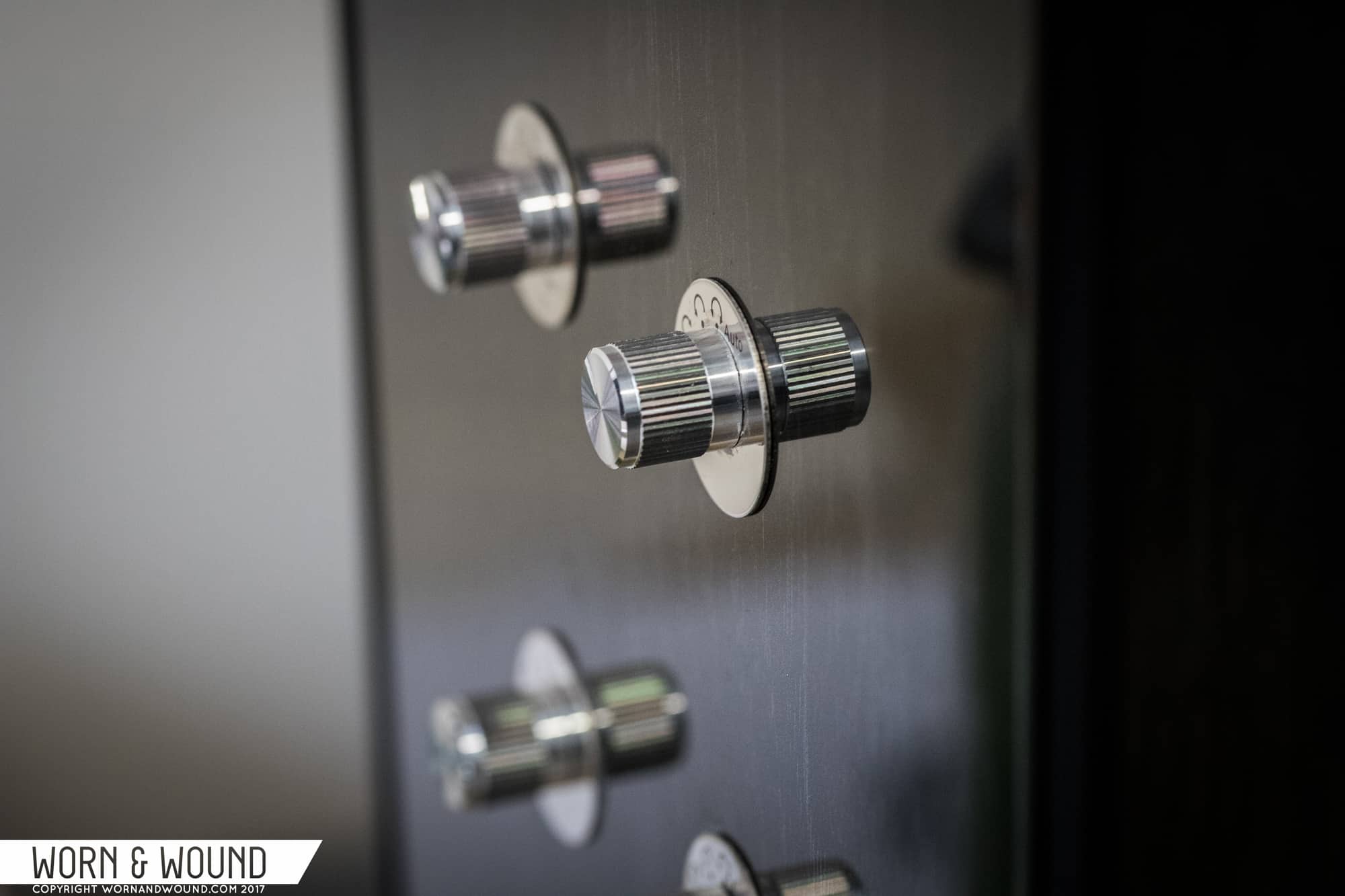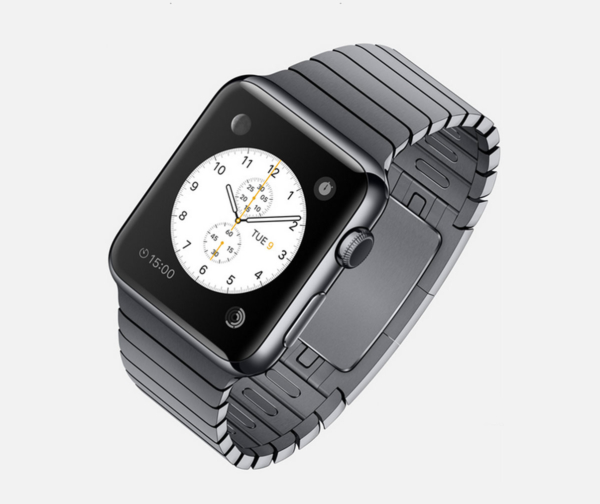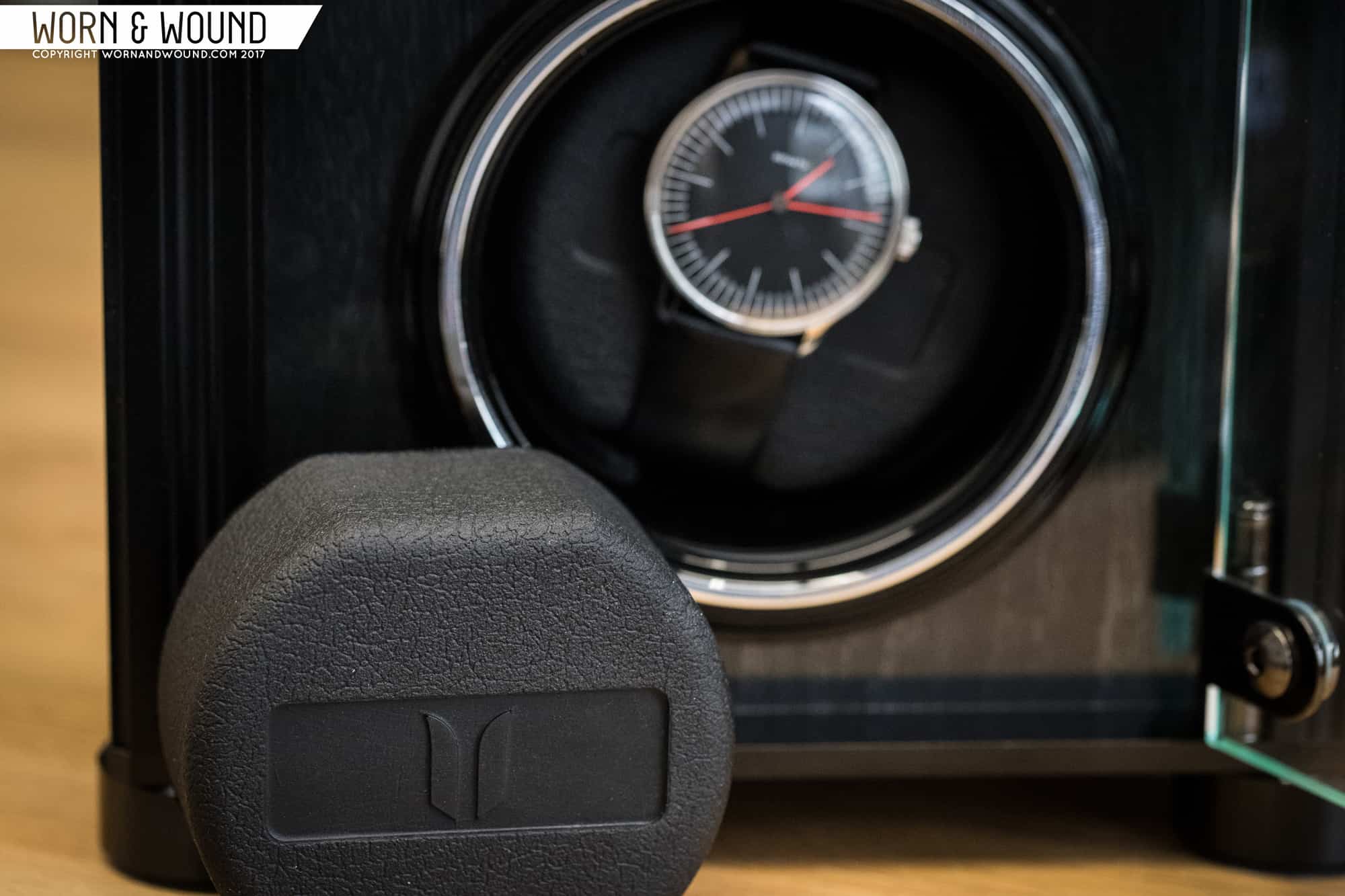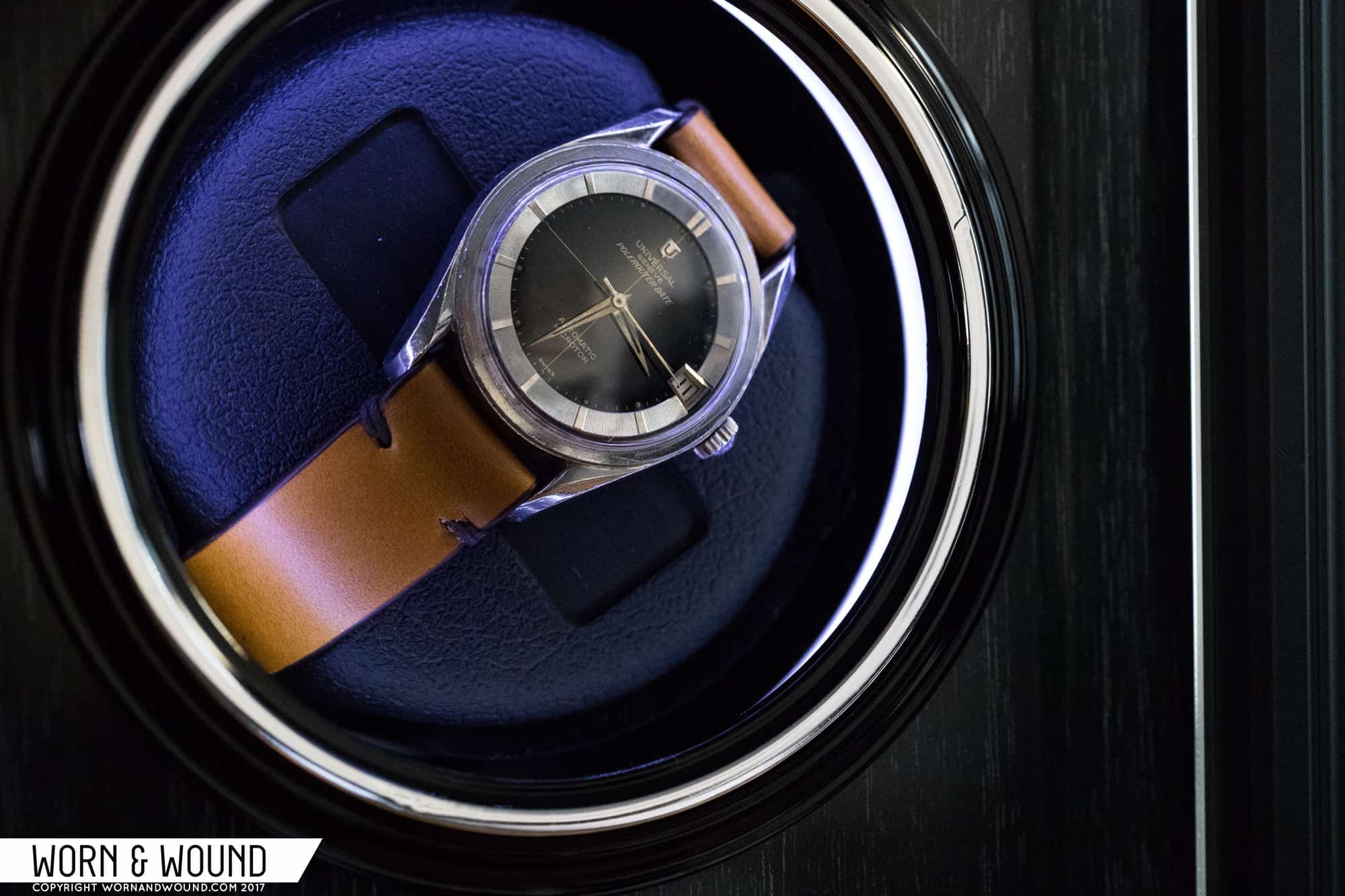I’ll be the first to admit that I have never really considered buying a watch winder. That said, the utility of owning one is not lost on me. Though I personally enjoy the ritual of getting a watch started in the morning, I can understand why a collector cycling through many watches might want to simply keep his or her watches running.
But before we get to that, let’s get a common misconception out of the way. No, keeping your modern watch running just to prevent the lubricants from gunking up the movement is not a thing—at least, not anymore. Modern synthetic lubricants have been designed to avoid all that, so as long as the watch is properly oiled that’s not something you have to worry about.

So why would one want or, better yet, need a watch winder? As I wrote above, if you have a lot of watches and you want to keep them wound so that you don’t have to start them up, then that’s as good a reason as any. Also, if you have an extremely complicated watch like a perpetual calendar, which would require elaborate resetting after it has stopped, you might want to keep it on a winder to avoid that headache. And even if you’re not dropping tens of thousands of dollars on perpetual calendars, you may still have an army of vintage watches without quick-set dates that you may want to keep running. I know that the few watches I own without a quick-set date are a pain to adjust—so much so, in fact, that I often wear them with the wrong date (Zach likes to wait until the dates match on his Polerouter, but that’s no fun).
Now, not all watch winders are made equal. I’m always down for a deal, but the few budget winders I’ve encountered have been quite junky. The build is often underwhelming (the motors can be unreasonably loud), the settings are generally limited (more on this later), and sometimes they don’t even do a very good job at actually keeping your watch wound. More luxurious options don’t have these problems, but they’re not cheap, either.


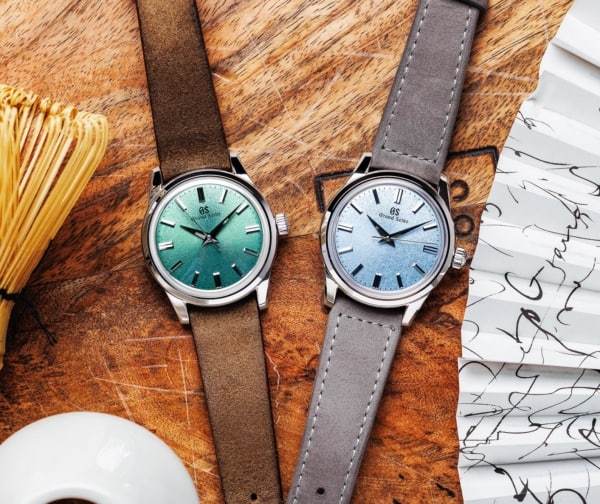






 Featured Videos
Featured Videos




